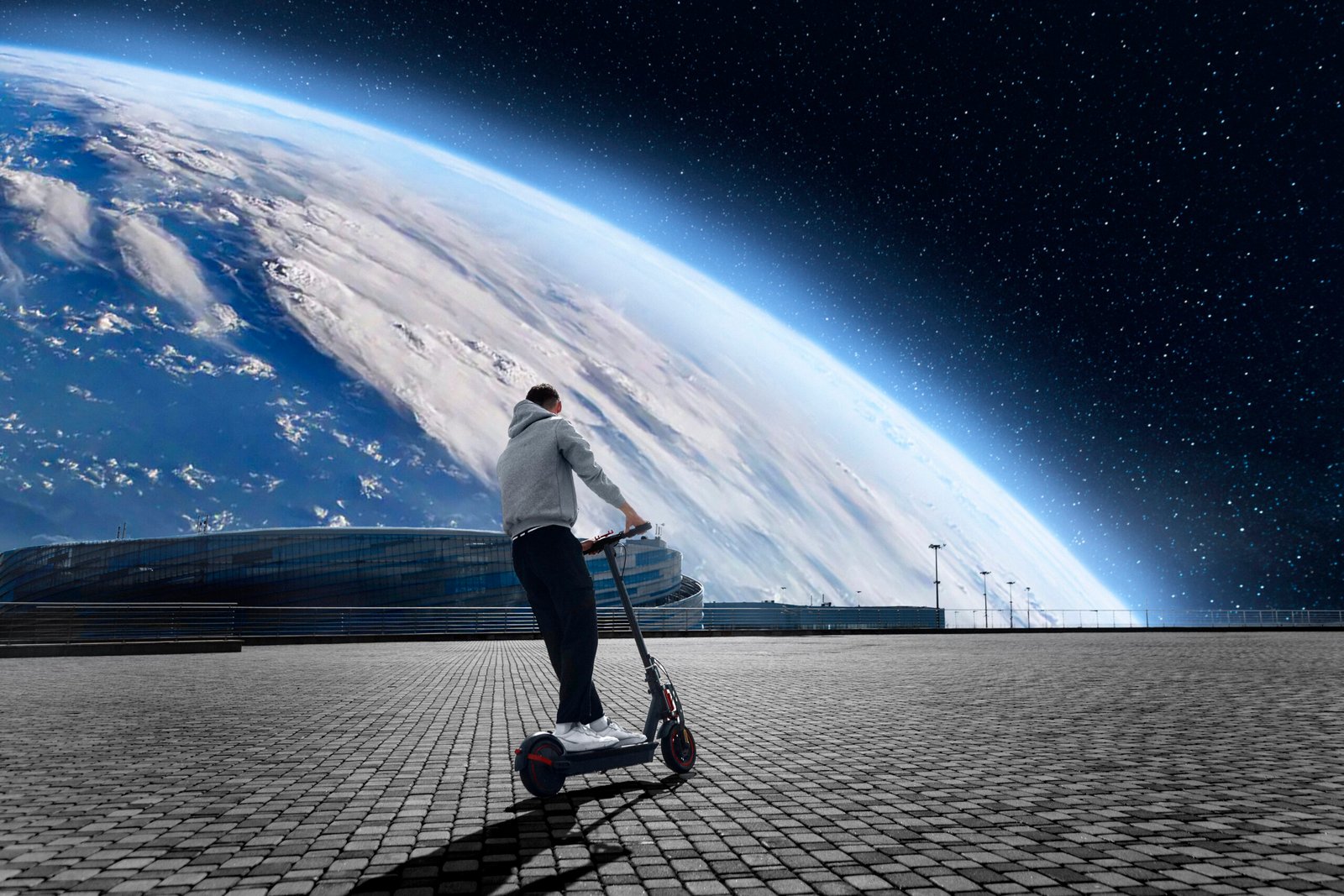Over the last decade, biometric identification has moved quickly from science fiction to everyday life as a cornerstone for access control and passporting or even at events with check-in possibilities. Biometric Systems, once the sine qua non of high-security facilities and government installations, are now found in multiple public locations. Today this is in our hands i.e. smartphone, in airports and banks or even at healthcare systems. With biometric technology, one thing that is for sure — both personal privacy and global security are going to be transformed. In this article, we’ll be diving into the growth of biometric technology, its existing use-cases, and what exciting opportunities lie ahead for actors in this field.
What is Biometric Technology?
Biometric technology, in its essence, is using unique physical or behavioural features to identify/ verify an individual. These characteristics can include fingerprints, facial features and iris patterns etc., as well as voice recognition, hand geometry or just how people use their computer — typing rhythm (behavioural biometrics) / gait.
Biometric authentication is generally much more secure than old-school passwords or PINs, because you can never be too sure about using a password once someone else has your digits. That increasing dependability has led it to be widely integrated into different industries.
The Evolution of Biometric Technology Biometric technology has its roots in the early 1900s when fingerprinting was the practice of law enforcement agencies. Nevertheless, only in the late ’90s, and with the development of computers and other digital tech did biometrics start developing into a cohesive system. The fast-paced development of machine learning and artificial intelligence (AI) in the last couple of decades has also slingshotted the advancement of the biometric systems. Right now, powerful algorithms can effectively retrieve and process a large amount of biometric data in short period. This development has opened the doors for other applications apart from security which include healthcare and retail.
Current Applications of Biometric Technology
Biometrics is now ubiquitous, and its use spans several industries and everyday scenarios. Here are some of the most significant applications we see today
Smartphones and Consumer Electronics
The most common use of biometric technology can be seen in the smartphones that we carry on a daily basis. Apple’s fingerprint scanner technology, which is called Touch ID, was introduced with the iPhone 5 on September 20, 2013. Soon after this introduction, users were able to utilize the more advanced face-sensing camera for unlocks, known as Face ID. Similar to Apple, android devices have also implemented fingerprint and face unlock along with other biometric methods such as iris scanners.
Biometric technology in consumer electronics enables not only user security but also enhances user interaction. For instance, advertisements or application downloads can be made more relevant to specific users by utilizing their pictures with a facial recognition feature.
Banking and Financial Services
Any microphone on the internet: Zoom, Skype, and the iPhone can encounter a user’s biometric data including their voice. It helps with enhancing security, making transactions easy and better service for customers. This is why the majority of American taxpayers, approximately 140 million users, have already accepted the accessibility of biometric security through their fingerprint or selfie. Furthermore, another big step towards biometric technology becoming the new normal can be seen in the adoption of thumbprint-based payment systems becoming even more common among mobile payment systems.
It is highly likely that biometrics, coupled with advanced voice recognition, will entirely replace the need for cards in the future as the cards will become irrelevant.
Airports and Travel
Airports across the globe have implemented biometric technology in order to enhance efficiency in security and immigration processes. Biometric features such as e-passport and face recognition are currently utilized for the automated system verification of passenger identities with the aim of cutting down lengthy waiting times for the passengers as well as enhancing service delivery. As seen in the previous section, the use of biometrics has indeed made travelling easy from losing travel documents, evading carrying boarding passes, or tickets.
Privacy Concerns and Challenges
However, this vast amount of benefits needs to be weighed against several concerns and enormous challenges. Of the many, the most overriding relates to privacy. Biometric data, upon collection, becomes irreplaceable. Unlike a password or PIN, one cannot change a fingerprint or iris scan in case of compromise. This presents a very real security risk when data breaches occur.
Equally perplexing is the storage of biometric data: where and by whom? Many systems store sensitive data on centralized databases, hence making themselves a target for cybercriminals. Recent data breaches at large organisations show how dangerous it can be to handle biometric data poorly. New solutions to such challenges decentralize storage or perform processing on the device, reducing some risks introduced by a central database.
Other challenges pertain to potential biases in the biometric systems. For example, it has indeed been shown that face recognition is less accurate on people from some ethnic groups. This again raises concerns about fairness and non-discrimination. These biases come as a result of the poor training data in the machine learning algorithms that drive the biometric systems. The way to rectify this is to make sure these systems are trained on various datasets representing the diversity in human traits and behaviors.
Future of Biometric Technology
The future for biometric technology is really bright. As long as AI and machine learning keep evolving, the performance of biometric systems will become even more accurate, secure, and efficient. A few trends that may shape up the future of biometrics are listed below.
Multimodal Biometrics
Multimodal biometrics is a method of using more than one unique biometric marker for the identity verification of an individual. A system might couple face recognition with fingerprint or voice verification for high-security applications. This will lower the incidence of false positives or negatives and also daunt the efforts of bad actors to spoof identities. As multimodal systems become more available and cost-effective, these will be the point of standardization for very high-security applications.
Wearable and Embedded Biometrics
Wearable biometrics, such as smartwatches and fitness trackers, are highly mainstream today. In the future, however, it could well be embedded biometrics-technology directly integrated into your body. For example, implants for biometric authentication, health monitoring, or even device unlocking. The advances could open an entirely new dimension but would also raise important ethical and privacy questions.
AI-Driven Behavioural Biometrics
In all probability, newer forms of behavioral biometrics such as cadence in typing, mouse movement, and gait will emerge when AI algorithms start getting better. In these systems, it is not the physical characteristics of a person that are analyzed but how he or she behaves. They provide for continuous authentication-in other words, the system keeps confirming the identity of the user based on patterns of behaviour. Consequently, there is a reduction in the possibility of unauthorized access.
Blockchain for Biometric Data Security
The integration of blockchain technology with biometrics can therefore solve most of the security and privacy issues attributed to the storage of biometric data. In general, the decentralized nature of blockchain systems turns them into less tempting targets for cyber-crooks. Besides, blockchain enables transparent processing and sharing of biometric data that can give users more control over their sensitive information.
Conclusion
Biometric technology is rapidly changing the way we interact with the world in a very secure, efficient, and personalized way. It has quickly become part of daily life, from smartphones to airports. But it’s great potential also means significant challenges, which are mostly reflected in the issues related to privacy, data security, and fairness. As this technology will continue to evolve, it will be very important that responsibility will be taken by governments, businesses, and technologists for addressing such concerns.
It would therefore mean that the future of biometric technology is one that promises a future of more secure and seamless interactions, provided we can balance innovation with ethics.






